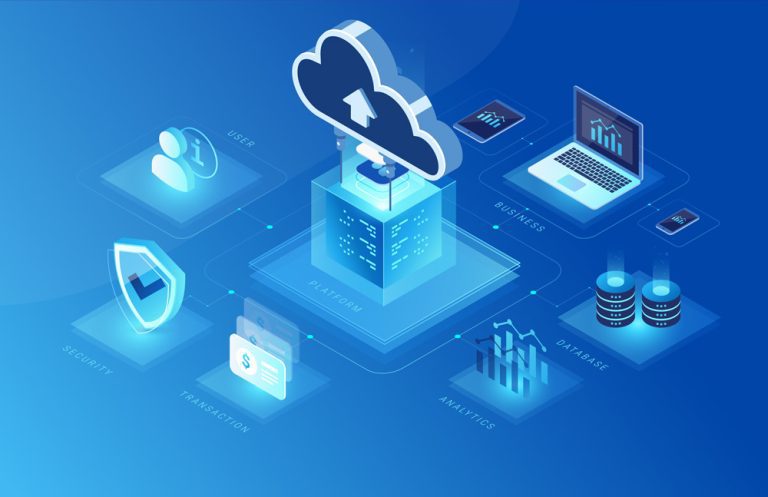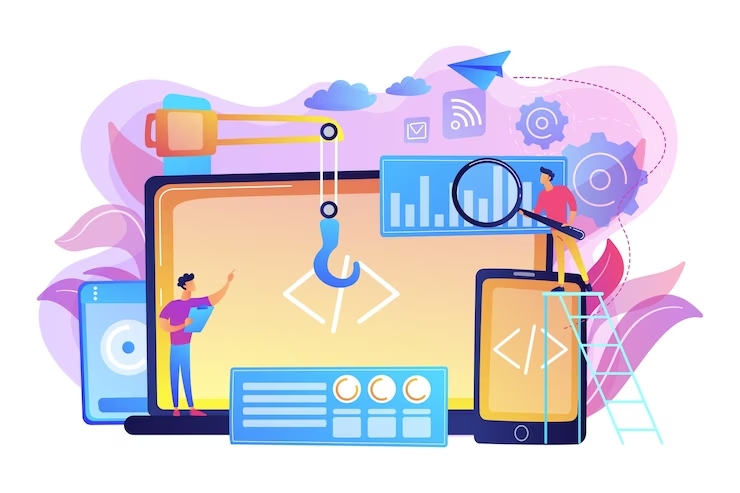
In the age of big data, web scraping has become an indispensable tool for extracting valuable information from websites. While basic web scraping techniques can provide useful data, advanced web scraping techniques take data extraction to the next level, enabling you to unlock the full potential of web data. In this guide, we will explore advanced web scraping techniques that go beyond the basics, helping you acquire, process, and utilize data more effectively for your projects and analysis. visit more at zillow web scraper by python.
I. Enhancing Web Scraping Efficiency:
Asynchronous Scraping: Asynchronous scraping is a technique that allows multiple web requests to be processed simultaneously, resulting in significant performance improvements. By utilizing libraries like asyncio and aiohttp, you can make parallel requests, reducing the overall scraping time and enhancing efficiency.
Scraping with Proxies: Proxies play a crucial role in web scraping by allowing you to make requests from multiple IP addresses. Rotating proxies can help you avoid IP blocking and improve data acquisition. By utilizing proxy pools and services, you can ensure that your scraping operations remain uninterrupted.
User-Agent Rotation: Websites often employ bot detection mechanisms that track User-Agent headers. By customizing and rotating User-Agent strings, you can simulate real user behavior and prevent bot detection. Diversifying User-Agent values enhances anonymity and improves scraping success rates.
II. Advanced Parsing and Data Extraction:
Regular Expressions (Regex): Regular expressions (Regex) provide powerful pattern matching capabilities in web scraping. They allow you to extract specific data patterns efficiently. By mastering Regex, you can handle complex data extraction tasks with ease.
Parsing with XPath: XPath is a powerful language for navigating and selecting elements in HTML documents. It provides a flexible and precise way to extract data from websites. By leveraging XPath expressions, you can navigate complex HTML tree structures and extract data efficiently.
Handling Dynamic Content with APIs: Many websites offer APIs that provide structured access to their data. By identifying and leveraging these APIs, you can interact with websites in a more controlled and efficient manner. Combining web scraping with API scraping allows you to gather comprehensive data from various sources.
III. Captcha and Bot Detection Solutions:
OCR Techniques for Captcha Recognition: Some websites employ Captchas to prevent automated scraping. Optical Character Recognition (OCR) techniques can help recognize and solve Captchas automatically. Implementing OCR libraries enables you to overcome Captcha challenges effectively.
Proactive Bot Detection Avoidance: To avoid being detected as a bot, it is crucial to mimic human behavior. Randomized delays, interactions, session management, and cookie handling techniques can be employed to bypass bot detection mechanisms. By simulating human-like behavior, you can scrape websites without raising suspicion.
IV. Data Processing and Storage:
Structured Data Parsing: Web scraping often involves dealing with structured data formats such as CSV, JSON, and XML. Understanding how to parse and process these data formats efficiently allows you to extract and utilize the data effectively for analysis and further processing.
Data Deduplication and Cleaning: Scraped data may contain duplicates or inconsistencies. Data deduplication techniques help identify and remove duplicate records, ensuring data quality. Additionally, data cleaning techniques address formatting issues and handle missing or inconsistent data, resulting in cleaner and more reliable datasets.
Database Integration: Storing scraped data in databases offers scalability and efficient data management. Popular databases like MySQL and MongoDB provide robust solutions for storing and querying large amounts of data. Creating data pipelines enables real-time analysis and reporting on the collected data.
V. Scaling and Automating Web Scraping:
Cloud-based Scraping: Cloud platforms such as AWS and GCP offer resources and infrastructure for scalable web scraping. Deploying web scrapers on the cloud allows you to handle larger scraping operations efficiently.
Conclusion
In conclusion, advanced web scraping techniques open up new possibilities for acquiring, processing, and utilizing data from websites. By implementing these techniques, you can enhance the efficiency of your scraping operations, handle complex data extraction scenarios, overcome challenges like Captchas and bot detection, and optimize data processing and storage.
However, it is important to approach web scraping ethically and responsibly. Respecting website policies, terms of service, and data privacy regulations is crucial to maintain a positive relationship with website owners and protect user data. Adhering to best practices, such as utilizing delays, rotating User-Agent headers, and avoiding excessive scraping, ensures that your scraping activities are conducted in a respectful and legal manner.
As you explore advanced web scraping techniques, remember to continuously adapt and update your scraping scripts to accommodate changes in website structures and security measures. Stay informed about emerging trends, such as the integration of machine learning and natural language processing into web scraping workflows, as they offer exciting opportunities for automation and data analysis.
With a deep understanding of advanced web scraping techniques, you can unleash the full potential of web data, gaining valuable insights and staying ahead in an increasingly data-driven world. So, dive into the realm of advanced web scraping, harness the power of data, and unlock new possibilities for your projects and research. Happy scraping!



